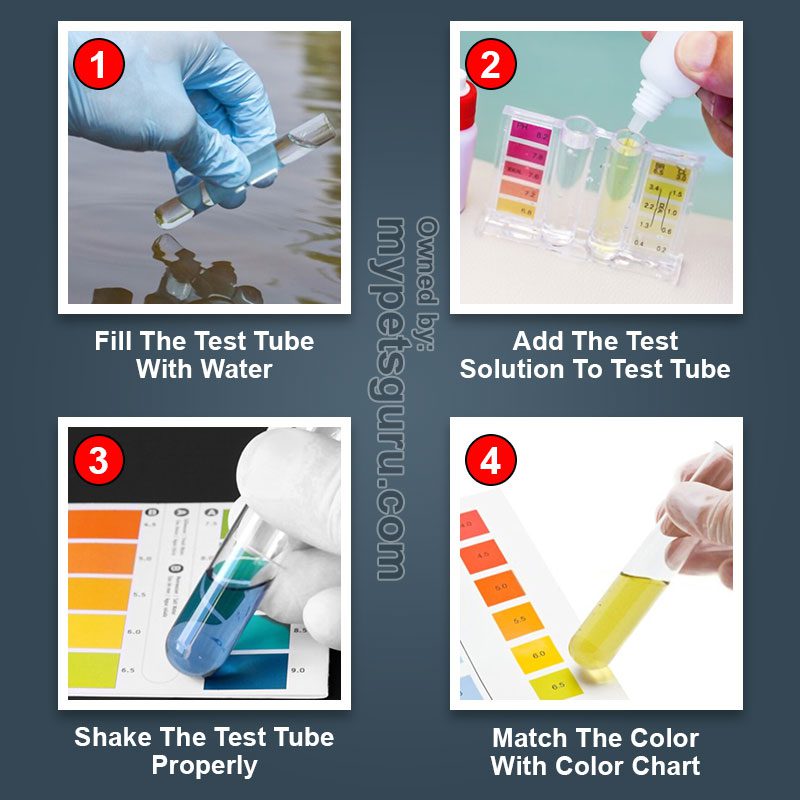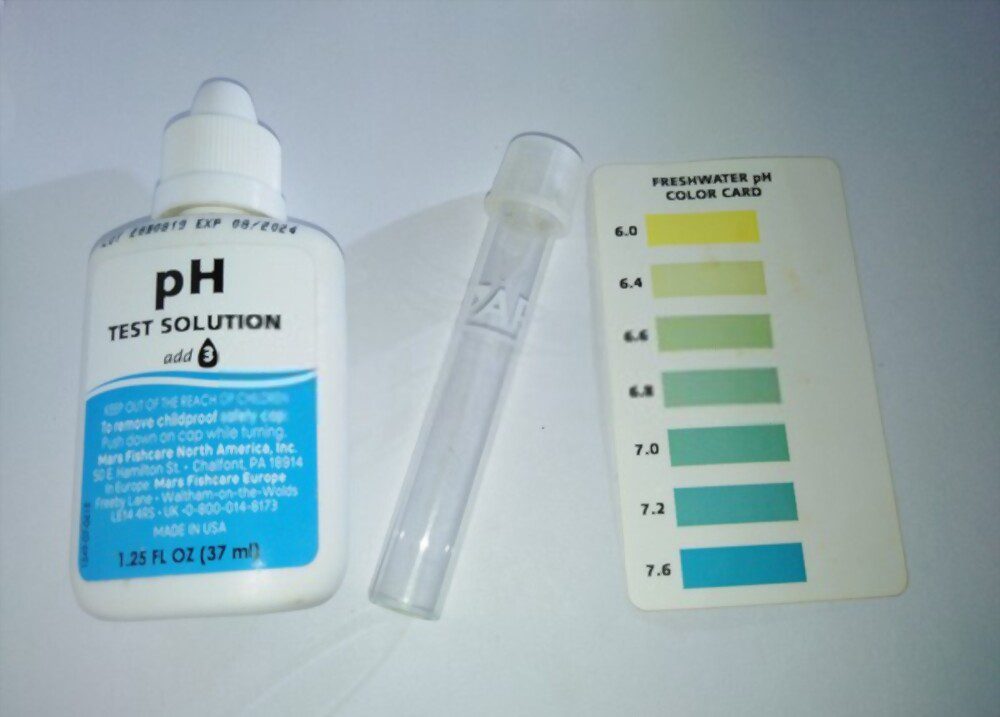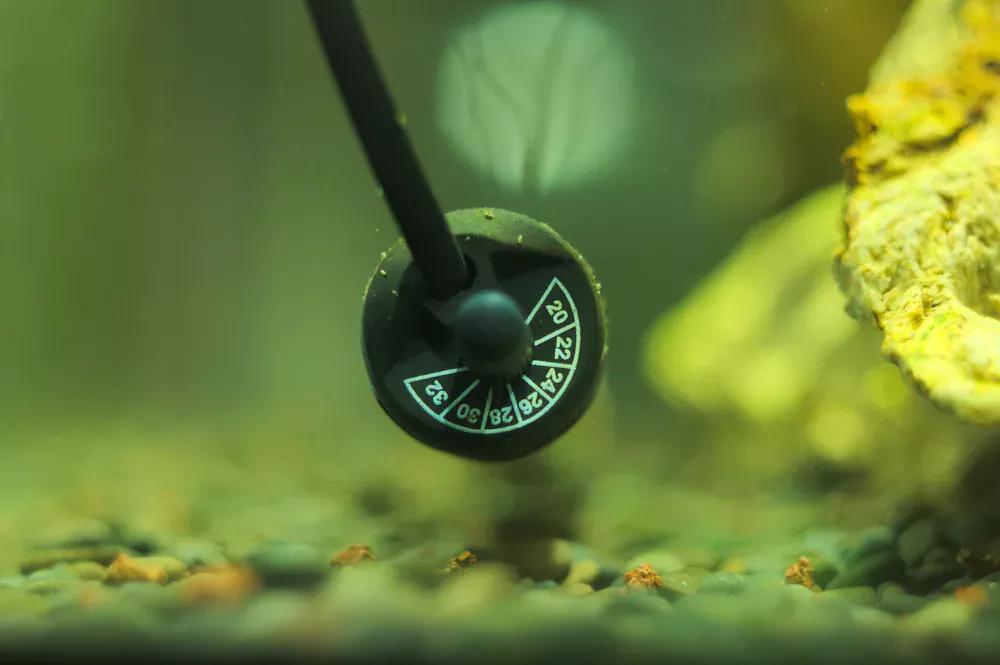Maintaining the water quality in your betta fish tank can be difficult, especially if you don’t perform regular maintenance tasks, one of which is checking the water quality. In this article, we will specifically discuss how to maintain water quality and what happens if you do not test the water.
When I first started my betta aquarium a few years ago, my bettas began to die after a few days, and I had no idea why. After some investigation, I discovered that the water quality in my tank was the cause of my fish’s sudden death. So I asked the same question you did: How can I maintain the water quality in my betta tank, and do I need to test the water?
As a general rule, it is essential to regularly test the water quality of the betta fish tank. Without testing the water on a regular basis it is not possible to maintain the quality of water. Aquarium water kits are a very affordable and reliable option when it comes to testing the water quality. These kits are very simple to use and by just dipping them into the water, you will be able to know the pH level and other chemical values of the water.
You are well aware, at this point, of the significance of testing the quality of the water in your betta aquarium. However, the next challenge is going to be figuring out how you, as a beginner, can test the water quality of your tank and how you can make the water testing kit work most effectively for you.
When I first started using water kits, I was so inexperienced that I made a lot of mistakes. I wish that back then I had been aware of everything that I am aware of now. If I had known, I could have avoided wasting a lot of time and money. Continue reading if you don’t want to make the same mistakes that I have made.

What Exactly Aquarium Water Testing Kits Are?
Testing kits provide precise measurements of the four parameters that are considered the most significant in freshwater aquariums.
- pH Level
- Ammonia Level
- Nitrite Level
- Nitrate Level

It comes with
- Test Solution
- 4 Glass Test Tubes
- An Instruction Booklet
- A Color Chart
Ideal Water Parameters For Betta Fish
| Parameter Name | Value |
|---|---|
| Water Temperature | 75-80°F (24-27°C) |
| pH Level | 6.5-8 |
| Ammonia and Nitrite | 0 ppm |
| Nitrate | |
| General Hardness (GH) | 3-4 dGh |
| Carbonate Hardness | 3-5 dKH |
How To Use An Aquarium Test Kit?
Anyone with two hands and an interest in aquariums can easily test the water’s quality by using an aquarium test kit because it is so easy to use. I’m going to walk you through the steps of determining the pH of my aquarium using an API test kit so that you can see for yourself how simple it is to use one of these test kits.
Step 1: Fill The Test Tube Halfway With Aquarium Water.
It is possible to fill the test tube by dunking it in your aquarium; however, because it is difficult to measure out an accurate amount, the API test kit that I generally use requires that the test tube be filled to the line indicating 5 milliliters.
Therefore, in order to get the exact same amount of water filled in your tube, you need to be as accurate as possible, which can be quite challenging and disappointing at the same time.
The second reason why you shouldn’t put the test tube into your aquarium is that any lingering chemicals from the previous experiment could make their way into your fish tank.
Tips: The following is a more effective method for filling the test tube with water. You can make use of disposable pipettes in order to fill the water in the tube in an accurate manner. These things are made specifically for the same purpose.
Step 2: Add The Test Solution To Test Tube
After that, pick the test solution, and put three drops of it into the test tube. As the drops are added, there will be a gradual development of a colored cloud in the water.
Step 3: Shake The Test Tube Properly
Shake the test tube thoroughly but gently. If you follow these steps, you can be certain that the testing solution and water have been thoroughly mixed. The color of the mixture contained in the test tube should be uniform and unicolored now.
Step 4: Match The Color With Color Chart
Now, use the color chart that is included with the kit to determine which color best represents the contents of your test tube. The result is determined by the color that is most similar.
There Are Other Important Things To Regularly Maintain.
In addition to performing routine water changes and testing the water in your tank, there are a few other straightforward maintenance tasks you can do to keep your betta tank clean and healthy.
These tasks include:
Keep An Eye On Your Tank Thermometer

You might want to keep an eye on the temperature of the water in your betta aquarium by investing in a thermometer that can be placed inside the tank. If you have a thermometer in your tank, you won’t have to rely solely on your heater to determine the appropriate temperature for your tank.
Additionally, having a thermometer in your tank will make it easier for you to notice more quickly if your heater stops functioning properly.
Maintain Your Filter Media
To ensure that your tank filter is efficiently removing waste from the water in your tank, you should replace the filter media in it every three to four weeks. At this point, you should also consider rinsing out the filter housing in order to remove any algae that have built up or waste that has accumulated.
Tip: When you are cleaning the filter for your aquarium, make sure that you do not use hot water, and you should not scrub the filter unless it is caked with a significant amount of algae. Beneficial bacteria can also thrive in your betta tank’s filter, which is one of the most important locations for their growth next to the substrate.
If you scrub your filter, you run the risk of killing a significant number of the beneficial bacteria that are responsible for helping to maintain the nitrogen cycle in your tank. These bacteria are responsible for contributing to the upkeep of the nitrogen cycle.
Be Aware Of Algae Growth
If you change the water in your betta tank on a regular basis and avoid placing it where it will be exposed to direct sunlight, you should not have a problem with an excessive amount of algae. However, if you discover that the walls of your tank are developing algae growths, you may need to use an algae scrubber from time to time in order to remove the growths.
Much like your filter, the large décor items in your tank are likely to be home to beneficial bacteria, you should try to avoid thoroughly cleaning any of these items if at all possible.
Wrapping It Up
You shouldn’t have any problems as long as you give your betta fish the attention they deserve and check the water frequently. It is important to keep in mind that betta fish do not require particularly difficult care; all you need to do is provide them with the appropriate environment and food in order to ensure their happiness.

